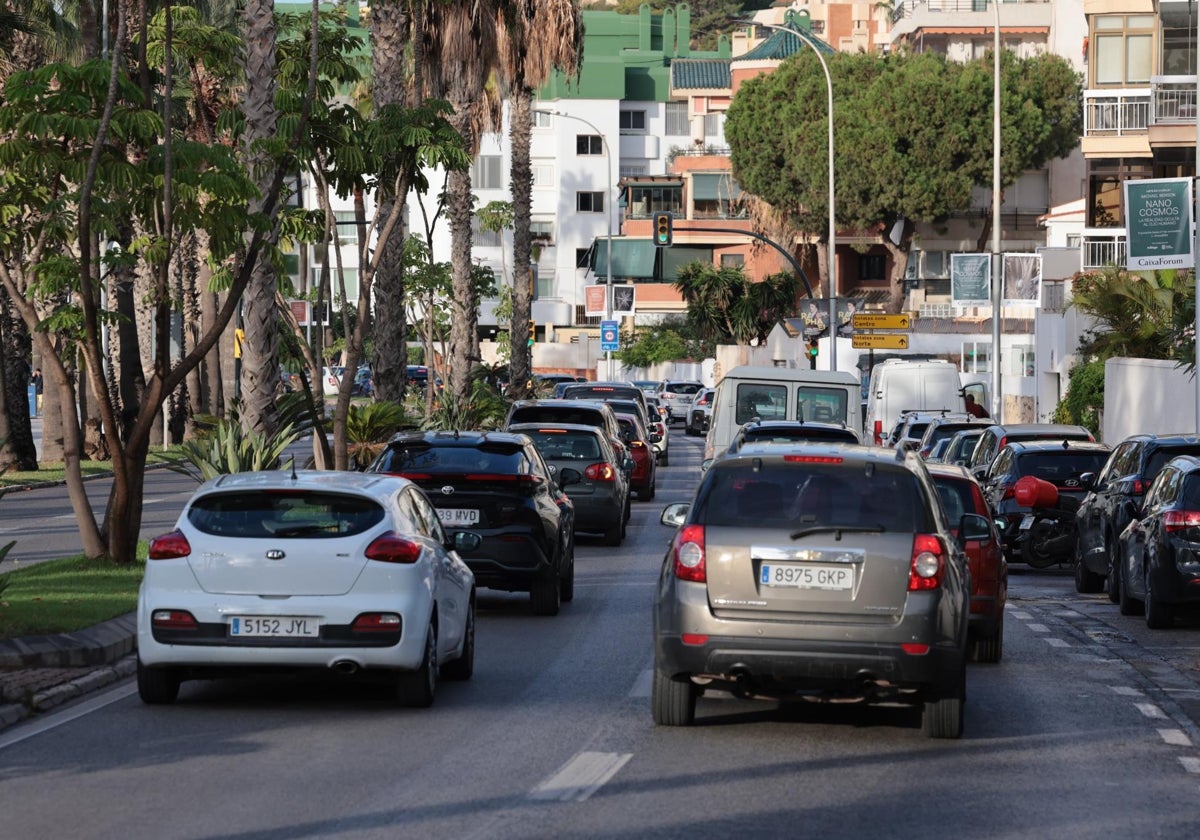Malaga is among the cities in Spain with the highest levels of traffic pollution claim
This is largely due to an older vehicle fleet which is mostly diesel-powered, according to the l report by Ecologistas en Acción, causing nitrogen dioxide emissions to rocket
Malaga is one of the cities in Spain with the highest levels of traffic pollution, according to a new report. This is largely due to an older vehicle fleet which is mostly diesel-powered, according to the environmental report by Ecologistas en Acción (Ecologists in Action).
It determined that Malaga city is among the Spanish cities with the most pollution from nitrogen dioxide, which is emitted by burning diesel. All major cities exceeded the new legal limits for nitrogen dioxide pollution in 2024, the report pointed out.
Three other Andalusian cities (Granada, Seville and Cordoba) are among the nine cities in the country with the most traffic pollution, which is why Ecologistas en Acción is calling on city councils and regional authorities to implement or tighten up low-emission zones.
Provisional data compiled by the organisation from official air quality monitoring stations in some 15 medium and large cities, which account for 11 million inhabitants and a quarter of the Spanish population, show that all of them have exceeded the new annual limit value set by the European Union for nitrogen dioxide (NO2), emitted into the air mainly by motorised traffic, during 2024.
The good news is that in recent years the presence of this pollutant in the air has been progressively reduced, mainly as a result of the gradual renewal of the car fleet and the greater weight of petrol and electric cars over diesel, although the 15 cities analysed must make a greater effort to comply with the new legal standard.
Avenida Juan XXIII in Malaga
The highest levels of this pollutant were recorded last year at the following locations: Eixample in Barcelona; Plaza Elíptica in Madrid; Granada Norte; Olivereta in Valencia; Avenida Juan XXIII in Malaga and San Basilio in Murcia, with an annual average concentration equal to or higher than 30 micrograms per cubic metre of air (mg/m3).
Madrid has a concentration of 31 mg/m3, down five points from 36 the previous year. Barcelona is also down, from 35 to 32, and Valencia from 34 to 30. Malaga, on the other hand, remains almost unchanged from 31 to 30, according to the report.
The EU limit is 20 mg/m3, to be reached by 1 January 2030. The World Health Organization (WHO) also recommends a limit of only 10 mg/m3. No Spanish city would have failed to meet the current annual limit value of 40 mg/m3 in 2024.
The remaining cities analysed have also exceeded the new legal NO2 limit over the past year, with the most notable locations being Felisa Munárriz in Pamplona (28), María Díaz de Haro in Bilbao (26), Torneo in Seville (24), Plaza de Pontevedra in A Coruña (24) and El Picarral in Zaragoza (23). Smaller cities have generally recorded lower NO2 concentrations, in Oviedo (Palacio de Deportes, 22), Palma (Foners, 22), Cordoba (Avenida Al-Nasir, 21) and Valladolid (Arco de Ladrillo, 21).

